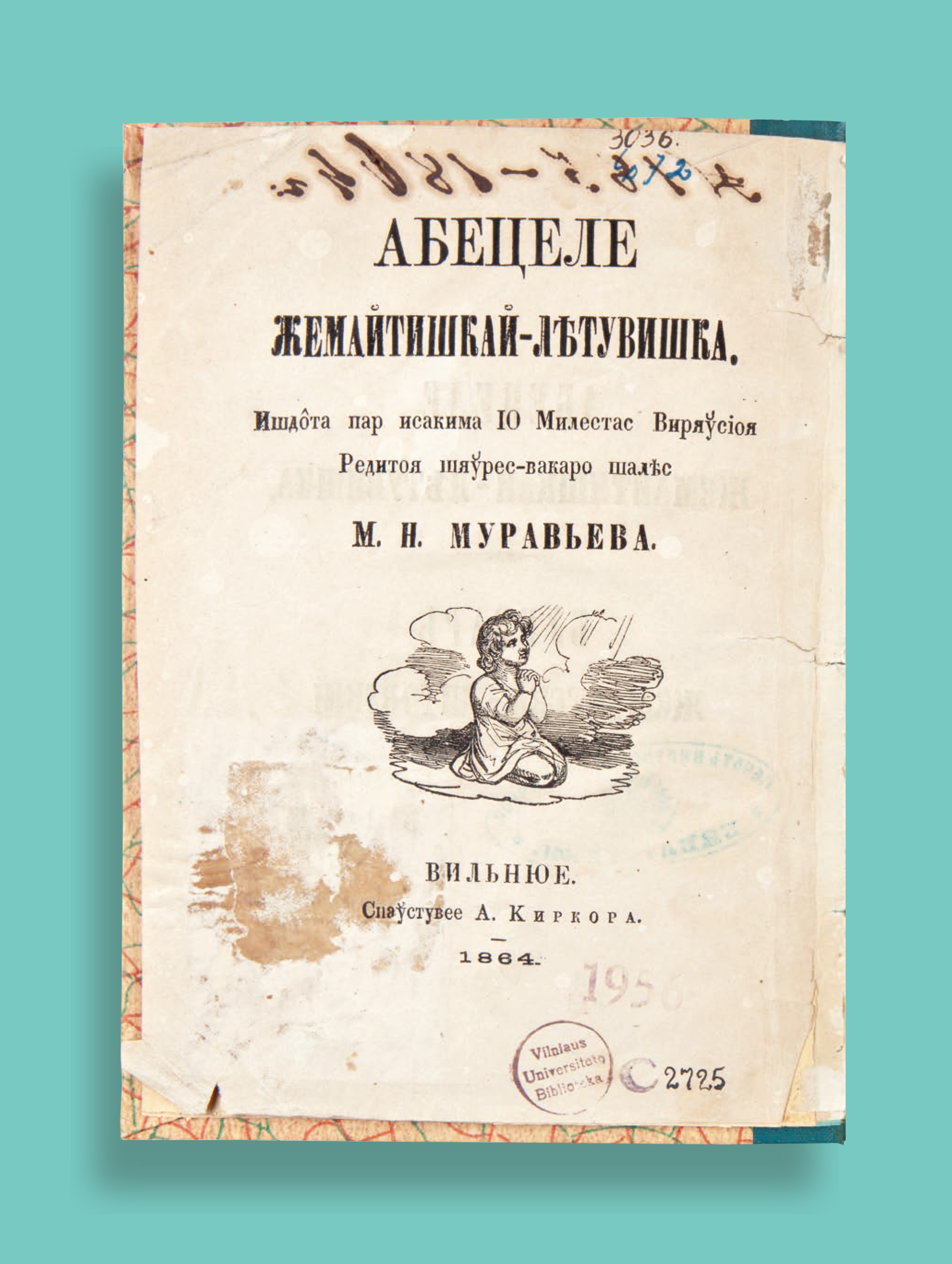 The 7th of May is a joyous day for Lithuania, as on this day in 1904 the ban of the Lithuanian press in the Latin script was lifted. On the other hand, this date marks the end of a very complex period in the Lithuanian history that lasted for four decades, when the Russian Tsarist authorities banned free speech and its expression that strengthened the country’s national identity – publishing of Lithuanian books and periodicals in the Latin script.
The 7th of May is a joyous day for Lithuania, as on this day in 1904 the ban of the Lithuanian press in the Latin script was lifted. On the other hand, this date marks the end of a very complex period in the Lithuanian history that lasted for four decades, when the Russian Tsarist authorities banned free speech and its expression that strengthened the country’s national identity – publishing of Lithuanian books and periodicals in the Latin script.
After suppressing the Polish and Lithuanian Uprising of 1863-1864 that aimed at the restoration of the statehood, the Russian authorities started pursuing assimilation policy in our country. One of the measures imposed by the Tsarist authorities against the Lithuanian culture was Russification of schools, the ban of the Latin alphabet and the adoption of the Russian script. Stanislovas Mikuckis prepared a project for adapting the Lithuanian language to the Russian script. He applied Russian letters to sounds of the Lithuanian language in the first Lithuanian book that was printed in Russian script – Abecele žemajtiškaj-lětuviška (Samogitian-Lithuanian Alphabet, 1864). Soon after that, the Russian script was declared mandatory for printing Lithuanian books and periodicals.
Books published in Russian script were not popular in Lithuania due to growing Lithuanian national revival. Despite persecutions and punishments, citizens stood against the ban of the Lithuanian print in the Latin script. Lithuanian books were printed abroad and smuggled through the border by book smugglers; underground societies for dissemination of Lithuanian printings were being formed. During the years of the ban of the Lithuanian printings in the Latin script, the number of Lithuanian printings had not decreased but actually increased, especially of those books that opposed the Tsarist regime. As the government’s attitude towards the ban in the seventies and eighties became a little softer, several Lithuanian books in the Latin script had been printed legally. Publishing of Lithuanian periodicals in the Latin script, however, was still forbidden, therefore, they were printed abroad. Thus, the first Lithuanian periodicals Aušra (Dawn), Varpas (Bell), Lietuviškasis balsas (Lithuanian Voice), Šviesa (Light) and other printings were published outside the territory of Lithuania.
As the resistance intensified, on 7 May 1904 the ban of the Lithuanian print in the Latin script was lifted. It is estimated that 66 Lithuanian printings were published during the period. Some of them, witnesses of the difficult past, can also be seen in VU Library.
Illustration: Lithuanian textbook printed in the Russian script. VU Library archive
2021-05-07
